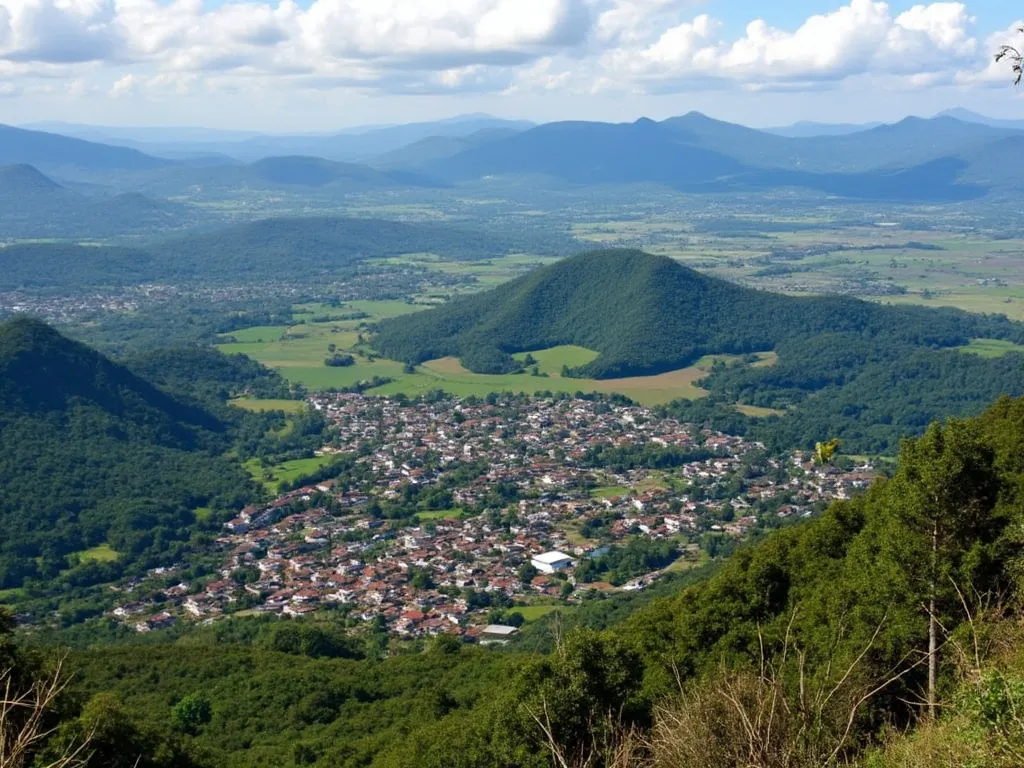
Gibraltar, a British Overseas Territory, stands as a unique blend of British and Mediterranean cultures at the southern tip of the Iberian Peninsula. Dominated by the iconic Rock of Gibraltar, this small but strategically significant territory has played a crucial role in European history and continues to be a point of geopolitical interest.
Gibraltar Information
| Country | 🇬🇮 Gibraltar |
| City Population | 33,701 (2021 estimate) |
| City Coordinates | 36°08′N 5°21′W |
| City Area | 6.7 km² (2.6 sq mi) |
| Climate | Mediterranean |
| Language | English (official), Spanish, Llanito |
| Currency | Gibraltar Pound (GIP) |
| Time zone | CET (UTC+1), CEST (UTC+2) |
| Proximity to other major cities | La Línea de la Concepción (Spain): 1 km, Algeciras (Spain): 20 km, Tangier (Morocco): 55 km |
Historical Background of Gibraltar
Gibraltar's history is as rich and varied as its landscape. First inhabited by the Neanderthals, it has since been occupied by various civilizations including the Phoenicians, Carthaginians, Romans, Visigoths, and Moors. The territory gained its name from the Arabic "Jabal Tariq" (Mountain of Tariq), named after the Moorish commander Tariq ibn Ziyad who led the Islamic conquest of Hispania in 711 AD.
In 1704, during the War of Spanish Succession, Gibraltar was captured by an Anglo-Dutch fleet in the name of Charles VI of Austria. The territory was subsequently ceded to Great Britain "in perpetuity" under the Treaty of Utrecht in 1713. Since then, Gibraltar has remained under British rule, despite numerous attempts by Spain to reclaim it.
Geographical Location of Gibraltar
Gibraltar occupies a strategic position at the eastern end of the Strait of Gibraltar, where the Mediterranean Sea meets the Atlantic Ocean. The territory is dominated by the Rock of Gibraltar, a monolithic limestone promontory that rises dramatically to 426 meters (1,398 ft) above sea level. This unique geographical feature has been instrumental in Gibraltar's historical importance as a natural fortress and its modern role as a key shipping and naval base.
Cultural Significance of Gibraltar
Gibraltar's culture is a fascinating fusion of British, Spanish, and Mediterranean influences. This unique blend is evident in the local language, Llanito, which mixes English and Spanish with elements of other languages. The territory's British heritage is visible in its architecture, legal system, and way of life, while its proximity to Spain and North Africa contributes to its Mediterranean character.
Gibraltar's diverse religious makeup, including Christian, Muslim, Jewish, and Hindu communities, reflects its historical role as a crossroads of cultures. This diversity is celebrated in local festivals and traditions, such as the Gibraltar National Day on September 10th.
Economic Importance of Gibraltar
Despite its small size, Gibraltar boasts a robust and diverse economy. Key sectors include:
- Financial services: Gibraltar is a significant offshore financial center.
- Online gambling: The territory is a major hub for online gaming companies.
- Tourism: Gibraltar attracts millions of visitors annually.
- Shipping: The Port of Gibraltar is a crucial Mediterranean shipping hub.
- Telecommunications: Gibraltar has a thriving telecommunications sector.
Gibraltar's economy is further bolstered by its unique tax system, which has made it an attractive location for international businesses.
Interesting Facts About Gibraltar
- Gibraltar is home to Europe's only population of wild monkeys - the famous Barbary macaques.
- The territory has its own airport, with the runway intersecting its main road.
- Gibraltar uses its own currency, the Gibraltar Pound, which is pegged to the British Pound Sterling.
- The Rock of Gibraltar is honeycombed with over 52 kilometers of tunnels, many of which were dug during World War II.
- Gibraltar voted overwhelmingly (95.9%) to remain in the European Union during the 2016 Brexit referendum.
Tourist Attractions in Gibraltar
Gibraltar offers a wealth of attractions for visitors:
- The Rock of Gibraltar: Offering stunning views and home to the famous Barbary macaques.
- St. Michael's Cave: A network of limestone caves with stunning stalactite and stalagmite formations.
- The Great Siege Tunnels: An impressive network of tunnels carved out of the Rock during the Great Siege of Gibraltar (1779-1783).
- Europa Point: The southernmost point of Gibraltar, offering views of Africa across the strait.
- Main Street: The territory's main shopping area, filled with duty-free shops.
- The Moorish Castle: A medieval fortification with parts dating back to the 11th century.
Conclusion on Gibraltar
Gibraltar, with its strategic location, rich history, and unique cultural blend, continues to be a fascinating and important territory. Despite its small size, it plays a significant role in international finance, shipping, and tourism. As it navigates the challenges of the 21st century, including Brexit and ongoing sovereignty disputes with Spain, Gibraltar remains a symbol of resilience and adaptability, much like the iconic Rock that defines its landscape.
 Gitega
Gitega
 Guatemala City
Guatemala City
 George Town
George Town
 Georgetown
Georgetown